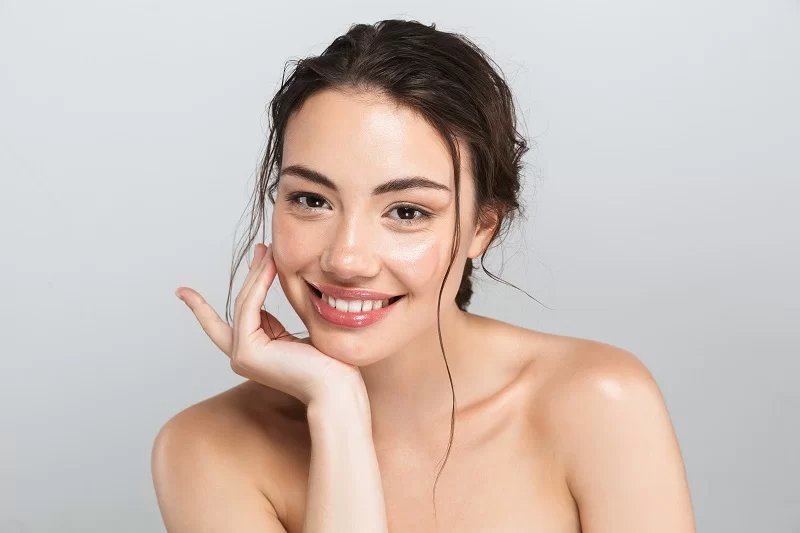
The cosmetic industry is fighting against tough adversaries: genetics, the sun, stress, and other skin aging factors. It gave rise to excellent procedures that target specific skin concerns, such as Botox and fillers, and various other treatments that address a range of issues.
The Asayo photofacial treatment is one such multipurpose procedure that improves skin imperfections, from blemishes and redness to wrinkles and large pores.
Continue reading to learn how the photofacial treatment works, what conditions it treats, and what results to expect.
What Is a Photofacial?
A photofacial is a minimally invasive corrective phototherapy procedure that provides impressive results.
Photofacial involves the use of a laser to rejuvenate the skin, improving tone and texture. The photofacial laser heats the epidermis, damaging the pigment melanin and red blood cells and stimulating the production of collagen fibers.
Damaged cells stimulate blood flow, causing the skin to absorb the damaged melanin and reduce imperfections. The collagen boost aids the process by firming and smoothing the skin.
Types of Photofacial
The two primary photofacial types are:
1. Intense pulsed light (Asayo) photofacial
Asayo photofacial uses a laser device placed directly on the skin and emits broad-spectrum light. It provides deeper, more intense laser light penetration than a LED photofacial. It rejuvenates the skin and reduces the appearance of wrinkles, age spots, spider veins, and stretch marks.
2. Light-emitting diode (LED) photofacial
LED photofacial is a gentle laser treatment that uses narrow-spectrum, low-level light to increase collagen production, kill acne bacteria, and rejuvenate the skin.
What Parts of the Body Can Be Treated with a Photofacial?
Photofacials treat all areas most exposed to the sun, except around the eyes.
Typical photofacial treatment areas are:
- Face
- Neck
- Chest
- Shoulders
- Back
- Hands and arms
- Legs
What Conditions Can Be Treated with a Photofacial?
The photofacial treatment addresses a variety of skin aging issues, including:
- Age spots
- Freckles
- Rosacea
- Redness
- Uneven skin tone
- Wrinkles
- Large pores
- Acne
- Broken capillaries
- Spider veins
Photofacial Treatment Results
Results appear gradually after a photofacial treatment because it takes time to build new collagen. The first results typically show within a week.
Photofacials are performed in a series of four to six treatments spaced four weeks apart. After the series is complete, we recommend quarterly treatment to maintain the results.
What Can You Expect During the Photofacial Treatment?
The treatment starts with your chosen medical provider applying a a cooling gel to prevent redness and burning during the procedure and giving you dark glasses to protect your eyes.
The provider places a handheld laser device on the treatment area and moves it along while intense pulses of light penetrate the skin and cause controlled damage to hemoglobin and melanin.
At the end of the session, your provider wipes off the cooling gel and applies a moisturizer and sunscreen.
Each treatment lasts between 30 and 60 minutes, depending on the treatment area size and skin concern.
Is a Photofacial Treatment Painful?
Some patients report slight discomfort and brief stinging pain that resembles the sensation of a rubber band snapping on their skin. Patients also report feeling like their skin is sunburned for a few days after the treatment.
Risks and Side Effects of the Photofacial Treatment
The photofacial treatment is considered safe when performed by trained medical experts.
It requires no downtime and causes mild side effects that subside after a day or two.
Mild, common side effects include:
- Redness
- Bruising
- Temporary brown spots and freckles
- Flaking
- Crusting
Rare, more severe side effects include:
- Burns
- Blistering
- Scabbing
- Pigmentation issues
To avoid complications during a photofacial, don’t tan for three to four weeks before the treatment and avoid using self-tanner lotion or sprays for at least 10 days before the procedure. Also, discontinue the use of blood-thinning medications (as instructed by your doctor). Follow all your medical provider’s recommendations for a safe and effective treatment.
How Long Does It Take to Recover from an Asayo Photofacial?
The Asayo photofacial is a minimally invasive procedure requiring no recovery. Mild, typical side effects resolve on their own after 24 hours. If you experience severe side effects, your doctor will advise you on the best course of action.
You can resume your daily activities after the treatment if you wear sunscreen and avoid direct exposure to sunlight.
Treatments
